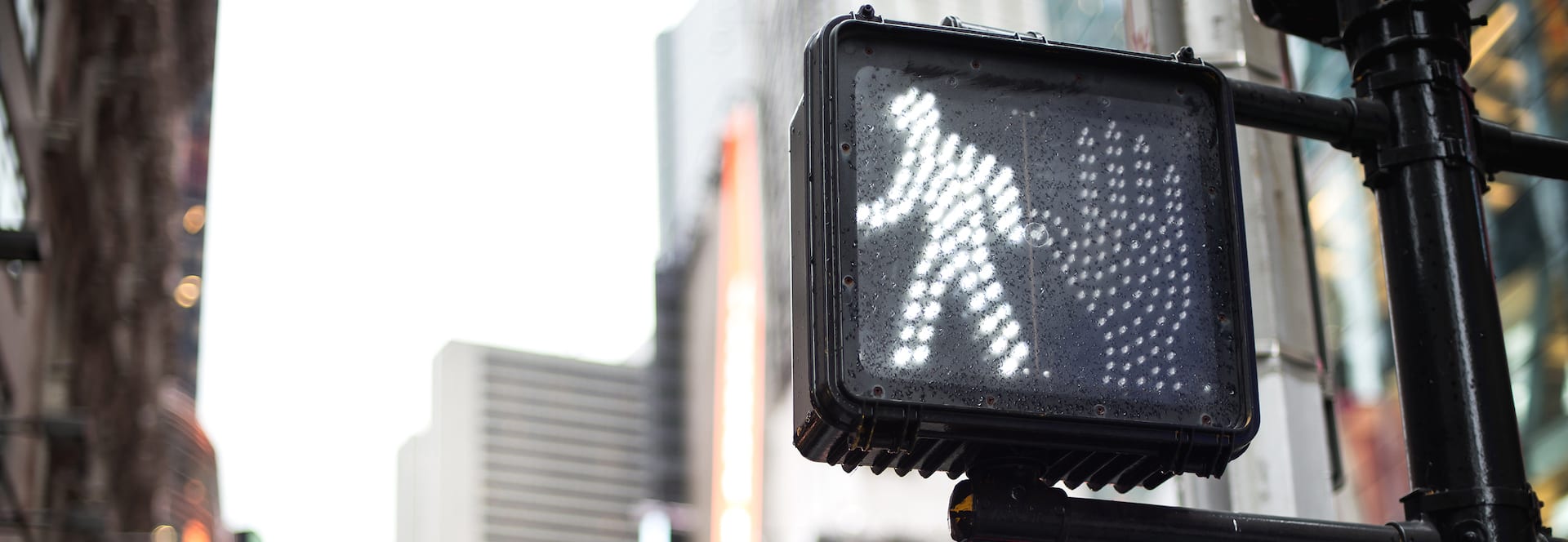
Cars will soon be able to drive themselves. At least, that’s what Toyota plans as they implement self-braking technology in their latest models. This is happening across the board with major car manufacturers in response to the significant number of pedestrian fatalities.
Toyota and other vehicle manufacturers plan to release auto-braking technology in their 2016 releases. Honda’s latest technology combines a radar scanner and a high-resolution camera. Their self-braking system can also stop a vehicle traveling as fast as 40 mph. They are attempting to lead the industry in anti-braking technology, and their latest models are impressive.
Volvo, which is responsible for inventing the seat belt, is still every bit as dedicated to safer driving conditions. They allocate millions towards researching ways to make their drivers safer. Some of their improvements include automatic alerts for drivers as a response to the increase in drowsy driving accidents.
Jaywalking
While the new transportation technology is exciting, it still does not address the full scope of pedestrian crash risk. There are many factors involved in pedestrian and vehicle crashes.
Shockingly, drivers are not always at fault in crash-related pedestrian fatalities. More often than not, pedestrians are involved in some form of unsafe behaviors, creating a higher risk of crashes. Jaywalking is a growing concern that is normally associated with larger urban populations. In New York City, this created such a disturbance, that the city declared a “crack down” against jaywalking. However, it issued less than one hundred citations against jaywalkers in an entire year.
Another issue with pedestrian travel is the delay created by waiting on exceptionally long traffic signals. Many see this as unnecessary and cross when they perceive an opportunity, as opposed to waiting. This creates a crash risk, because oncoming traffic will not be able to quickly stop.
Walking Under the Influence
So much attention is devoted to getting drivers to sober up before they get behind the wheel, but pedestrians under the influence can also create unsafe traveling conditions. Walking under the influence is responsible for making pedestrians unaware of their risk, especially if they are walking in an unfamiliar area.
Another influence is talking or texting on cell phones, much like driving while texting, which increases the risk for pedestrian injury. Pedestrians texting while walking, are not really looking at anything besides their phones. It is very easy to walk right into another person, or object, if continuing to text for prolonged periods.
Pedestrians talking on the phone while walking may be looking at the road in front of them, but still do not focus completely on their safety. This could create a host of problems, including following the crowd in front of them, despite the changing traffic signal.
There are many risks for pedestrians walking, and the increase in pedestrian fatalities has inspired new vehicle technologies. Until developments can eliminate the risk of pedestrian fatalities, it’s always good to play it safe.